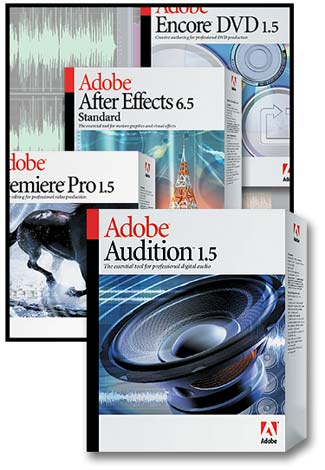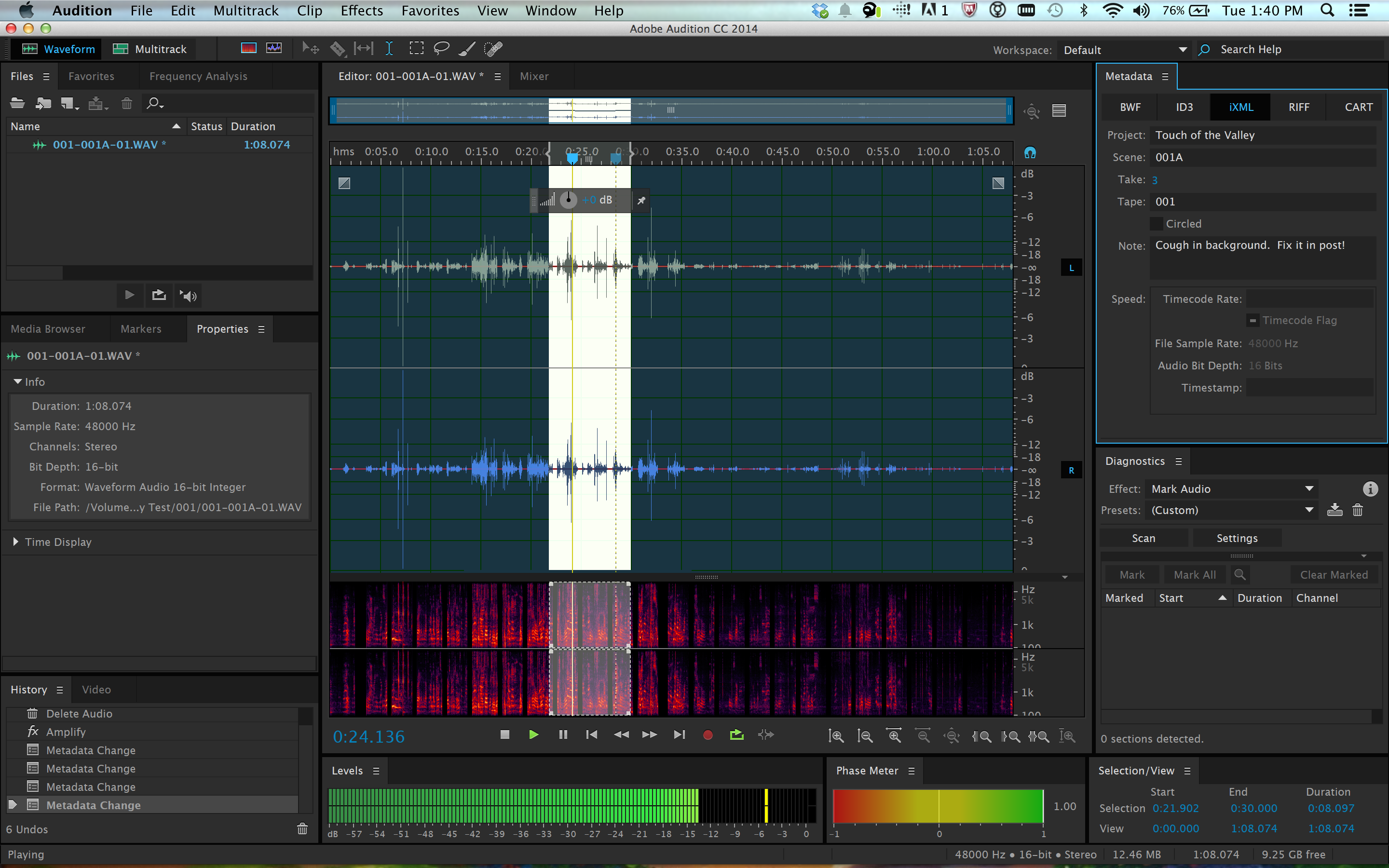

Then select 48dB/octave to produce a steep curve. In the HP panel that displays its parameters, click the Gain drop-down menu and choose 6dB/octave. You can also change the filter slope’s steepness, in other words, the rate of attenuation compared to frequency.Click on the HP box and drag it to the right to hear how it affects low frequencies.A Highpass filter is helpful for removing subsonic (very low-frequency) energy.


Click those buttons now.Ī Highpass response progressively reduces response below a certain frequency (called the cutoff frequency) the lower the frequency is below the cutoff, the greater the reduction. There are two additional stages, Highpass and Lowpass, which you enable by clicking the HP and LP buttons, respectively.

Past a certain frequency, the response hits a “shelf” equal to the maximum amount of cut. This starts boosting or cutting at the selected frequency, but the boost or cut extends outward toward the extremes of the audio spectrum. The L and H squares control a low shelf and high shelf response, respectively. Load the Default preset to restore the EQ to having no effect.You can also click on the stage’s number to toggle that stage on or off. Click on the selected stage’s Q/Width parameter and drag up to narrow the range affected by the boost or cut, or drag down to widen the range. In the area below the graph, each parametric stage shows the Frequency, Gain, and Q/Width parameters.Drag left to affect lower frequencies or right to affect higher frequencies. Click one of them (e.g., 3) and drag up to boost response, or drag down to cut the response. Each represents a controllable parametric stage. In any Effects Rack insert, click the right arrow, and choose Filter and EQ > Parametric Equalizer.Choose File > Open, navigate to the Lesson04 folder, and open the file Drums+Bass+Arp110.wav.The Parametric Equalizer is capable of high amounts of gain at the selected frequencies. Each parametric equalization stage has three parameters.Ĭaution: In the following lesson, keep monitor levels down as you make adjustments. Five stages have a parametric response, which can boost (make more prominent) or cut (make less prominent) specific ranges (“bands”) of the frequency spectrum. The Parametric Equalizer offers nine stages of equalization. To solve this problem, some engineers might emphasize the bass’s highs to bring out pick and string noise, whereas others boost highs on the kick to bring out the “thwack” of the beater.Īdobe Audition has five different equalizer effects each is used for different purposes that can adjust tonality and solve frequency-response related problems: Parametric Equalizer, Graphic Equalizer, FFT (Fast Fourier Transform) Filter, Notch Filter, and Scientific Filter. Equalization can also help differentiate among different instruments for example, bass guitar and a drum kit’s kick drum both occupy the low frequencies and can interact in a way that makes each one less distinct. For example, you can “brighten” muffled narration by boosting the treble or make tinny, thin-sounding voices sound fuller by increasing the low frequencies. Equalization is an extremely important effect for adjusting tonality.


 0 kommentar(er)
0 kommentar(er)
